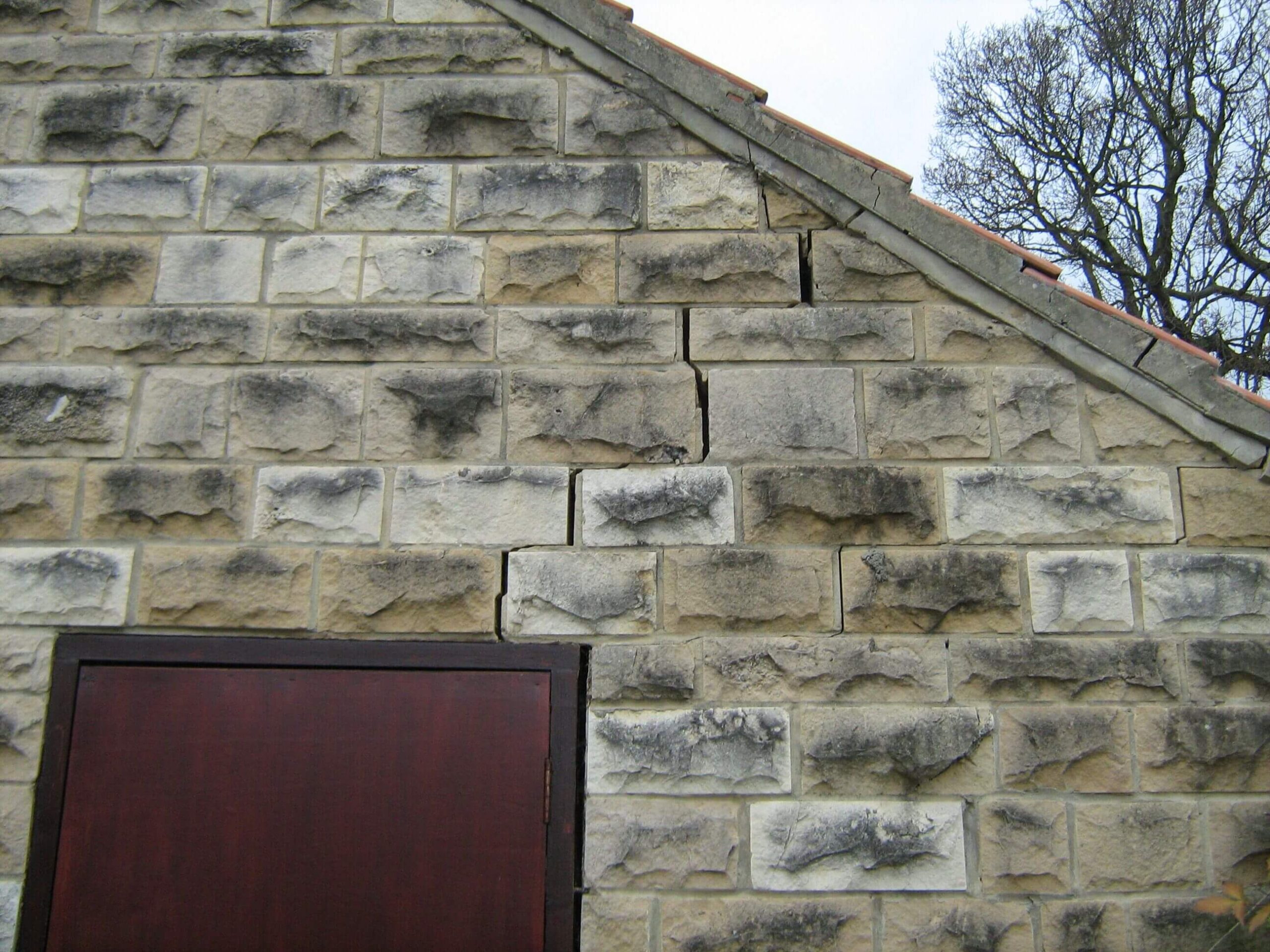JCA has dealt with over 10,000 tree related subsidence cases for a range of leading insurers, loss adjusters and consulting engineers. The prolonged spell of hot and dry weather has seen an influx in the number of households claiming for subsidence this year. In 2022, JCA had its busiest year to date for carrying out subsidence surveys.
What is Subsidence?
Subsidence, in simple terms, is the sinking of the ground.
This usually occurs as a result of clay soils shrinking in volume as they dry out, which happens when there has been a long period of dry weather with only a little, or no, rainfall.
If your home is built on a clay soil and subsidence occurs, this may result in cracks appearing at your property.
What causes Subsidence?
The main cause of subsidence in the UK is the volumetric change of underlying cohesive soils (mainly clay) when dried. This volumetric change (shrinkage/swelling) potential of clay is measured against the ‘Plasticity Index’ with readings over 20 identifying a soil of medium shrinkage/swelling. Trees are the biggest cause of this volumetric change in UK soils.
At JCA our specialist team can conduct an ecological survey based on your specific requirements
Trees and Subsidence
Whilst subsidence can occur naturally as a result of the weather, trees can be responsible too. As trees require water, if their roots are growing beneath your house foundations, which in turn are on a clay soil, problems can occur as the trees extract moisture, causing the soils to dry out and shrink.
It is this relationship which causes a significant number of building subsidence cases to be tree related.
It must be noted that not all trees cause subsidence and it is very difficult to predict which trees will or will not cause problems in the future. The depths of the foundations and the soil types are important factors which need to be considered and before the finger of blame is pointed at trees, leaking drains, landslip or practices such as historic mining in the area need to be first ruled out as the cause.
With methods of investigation and monitoring of damaged buildings having progressed over the years – plus dramatic changes to the law, our Arboricultural Consultants attended a subsidence training course in January 2019 to brush up on their skills!
If you would like to find out more about tree related subsidence, you can read all about it here. Alternatively, please give us a call on 01422 376335 and speak to one of our Arboricultural Consultants.
Not sure where you stand on an arboricultural or ecological related issues? At JCA our specialist team are here to help you, contact us today!

